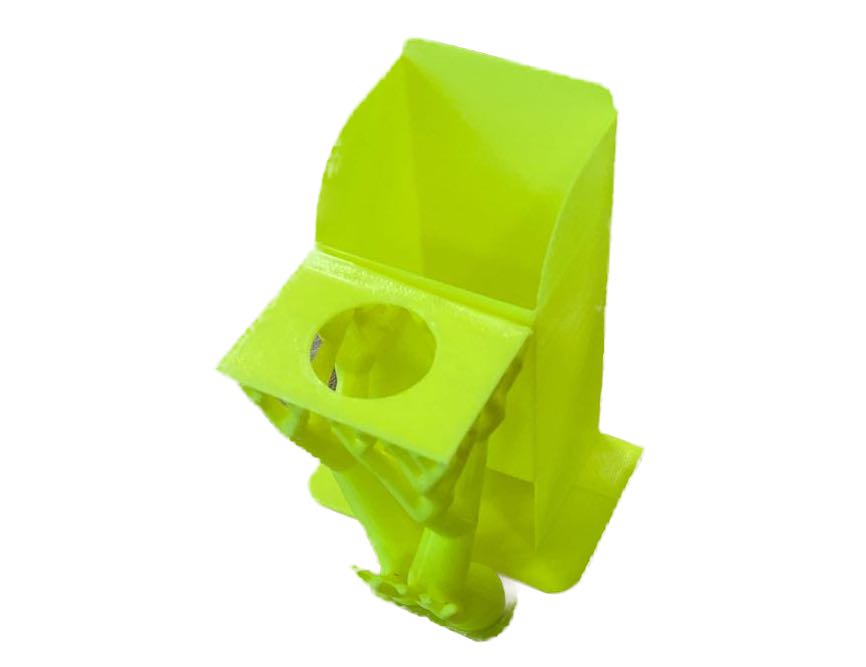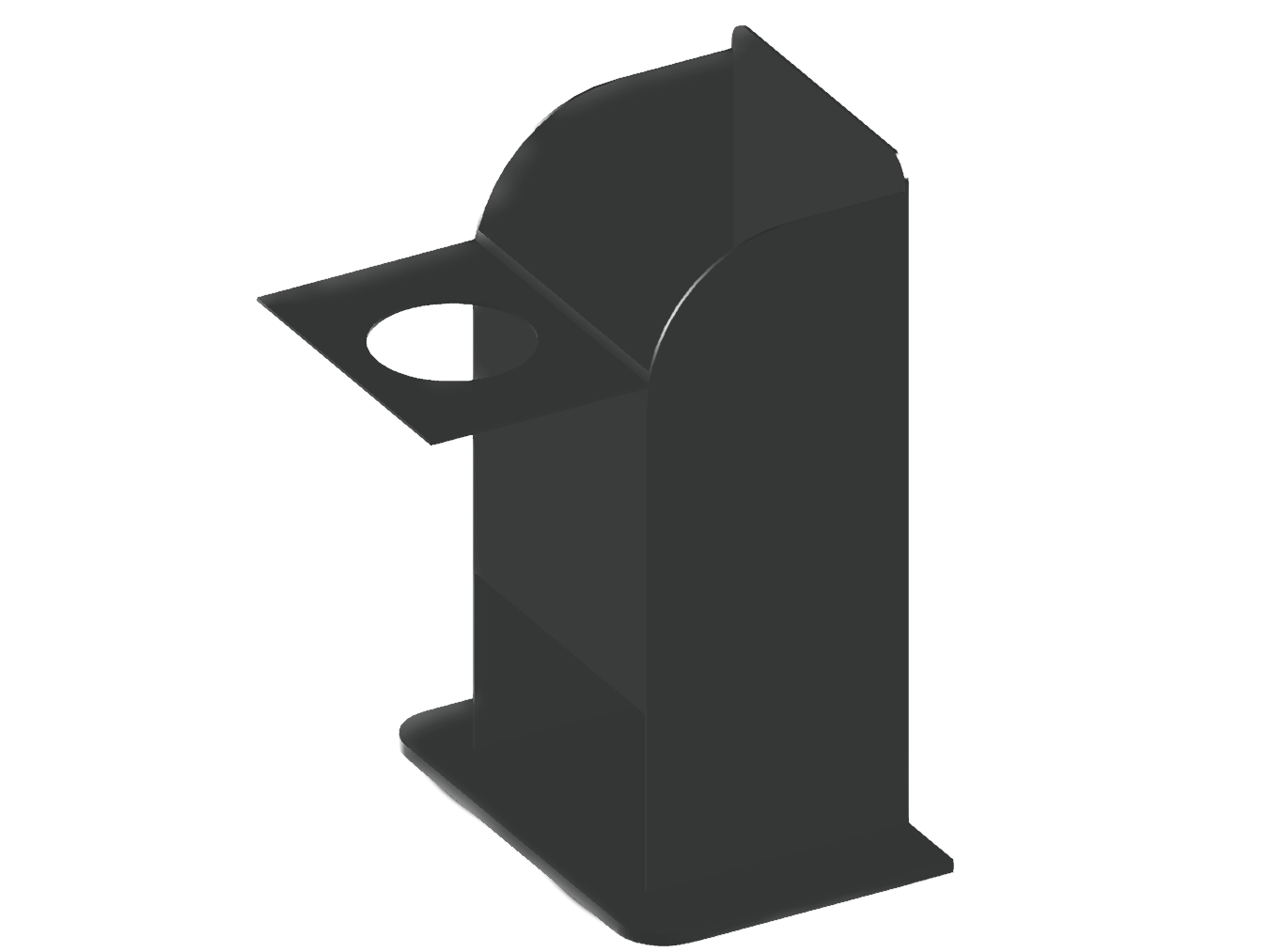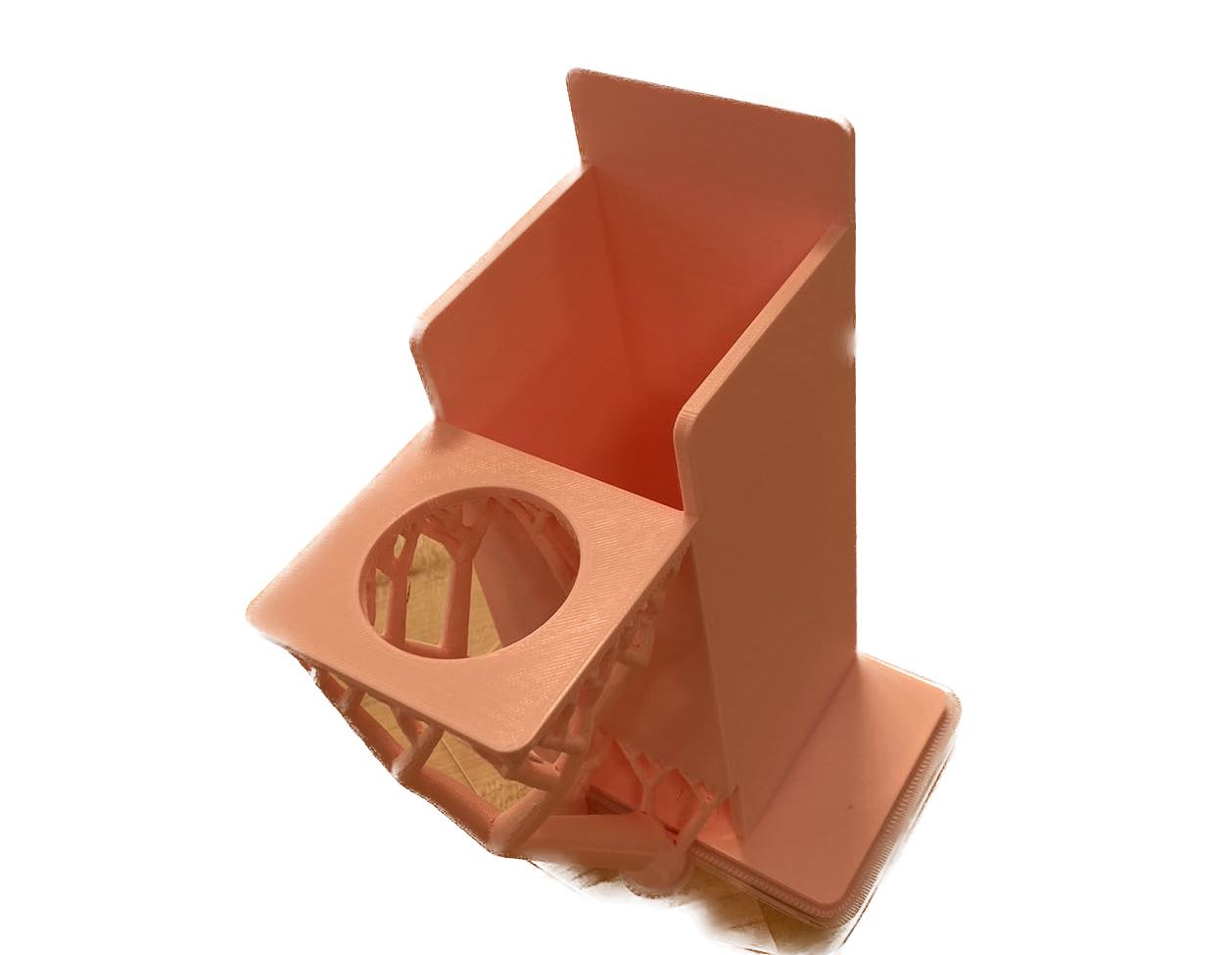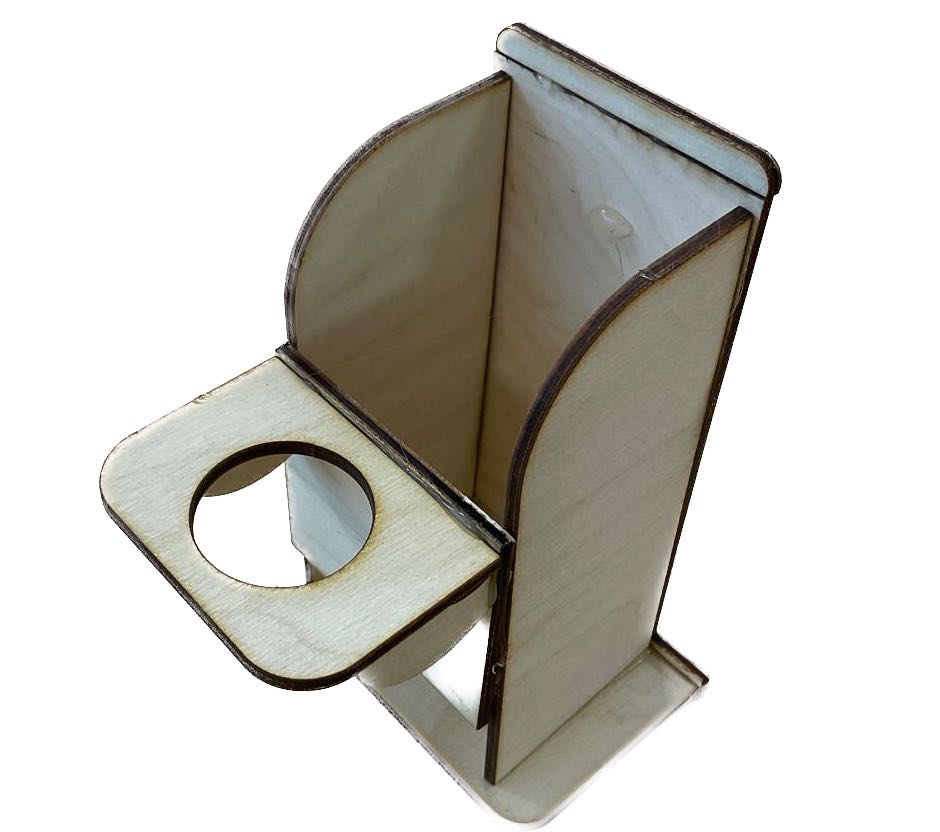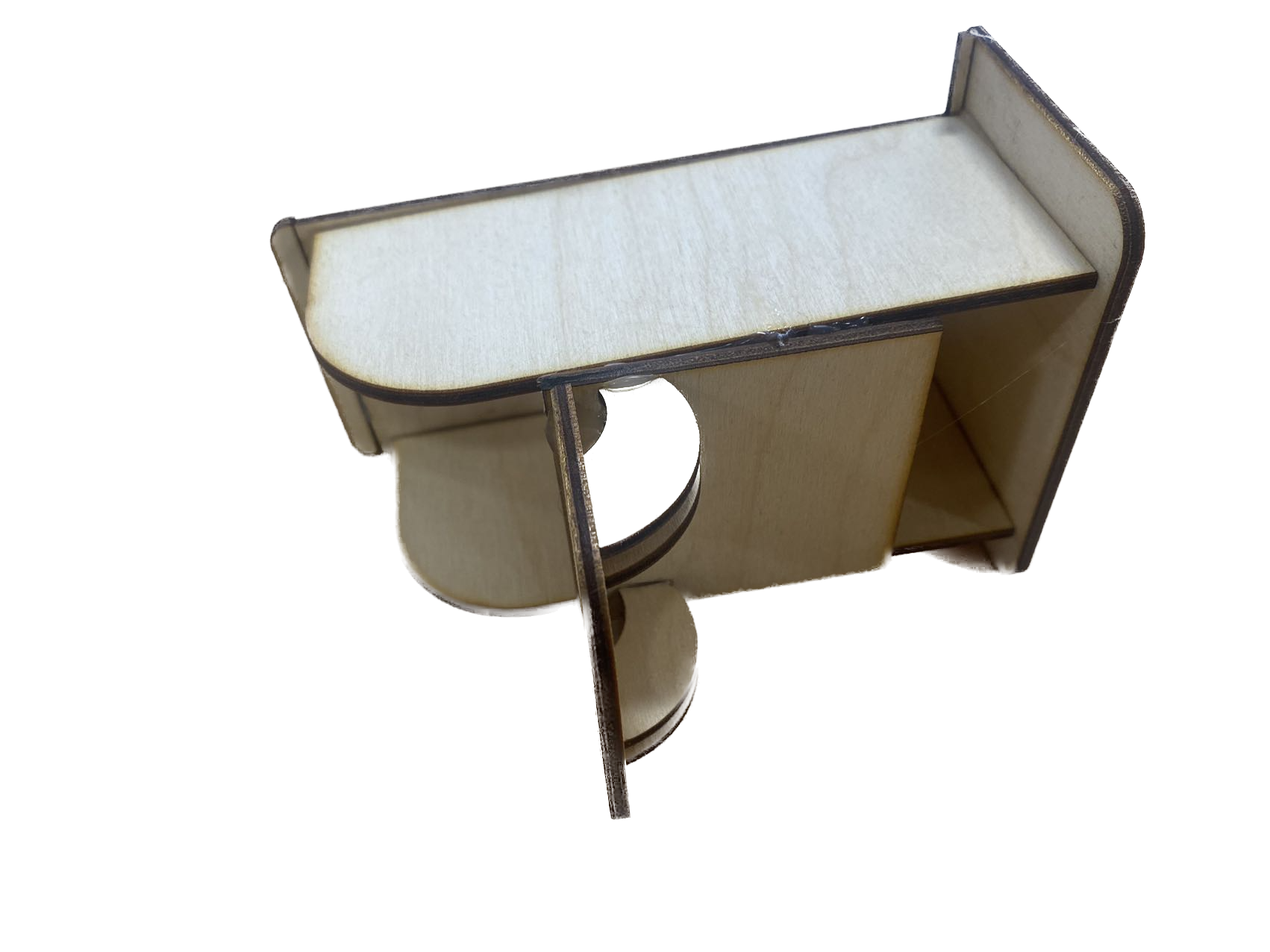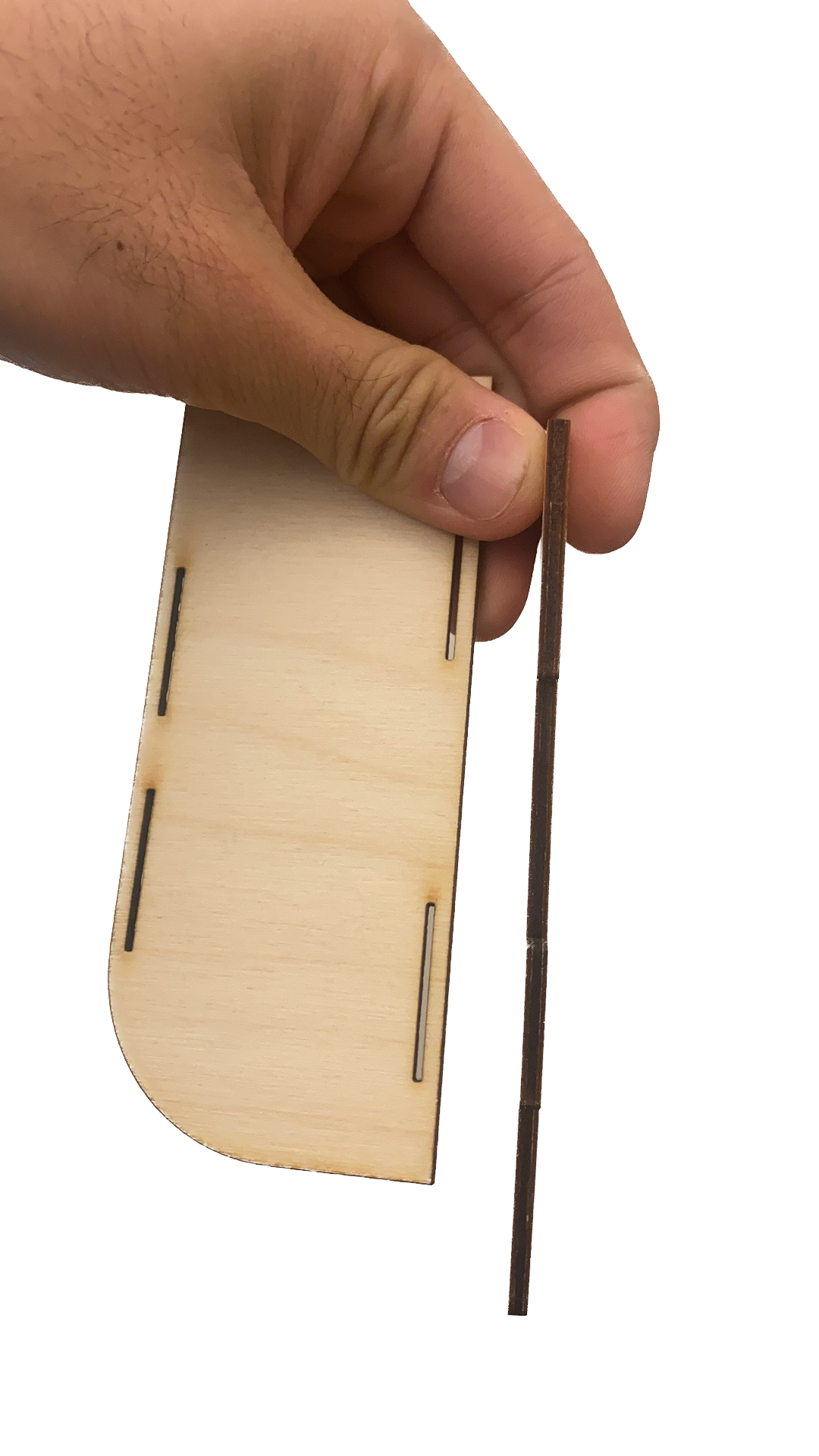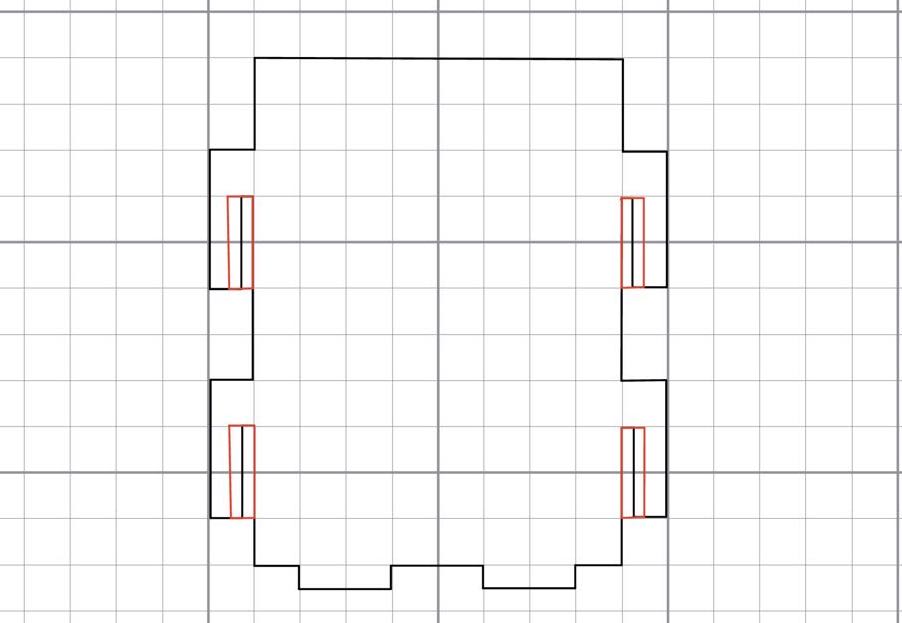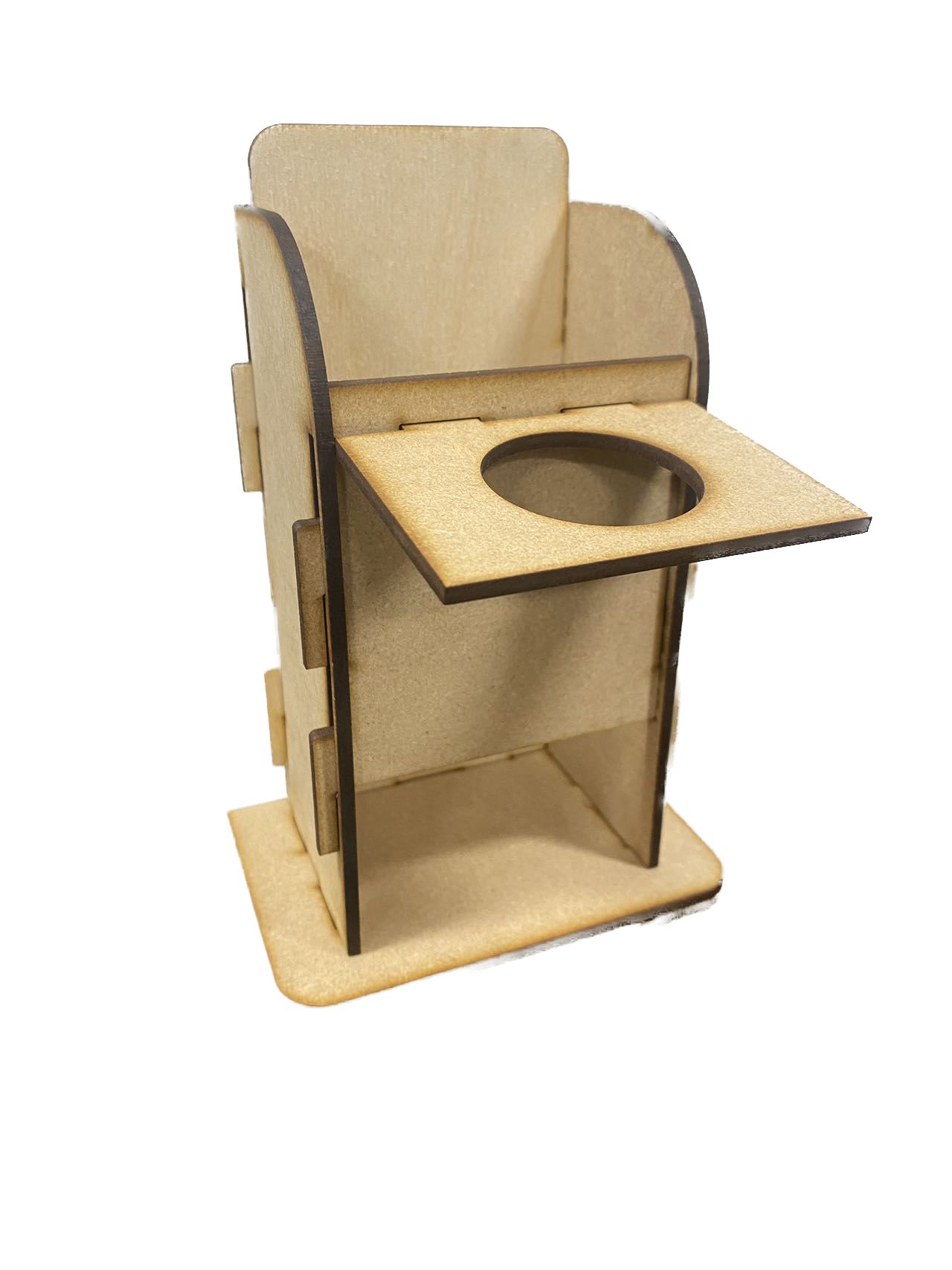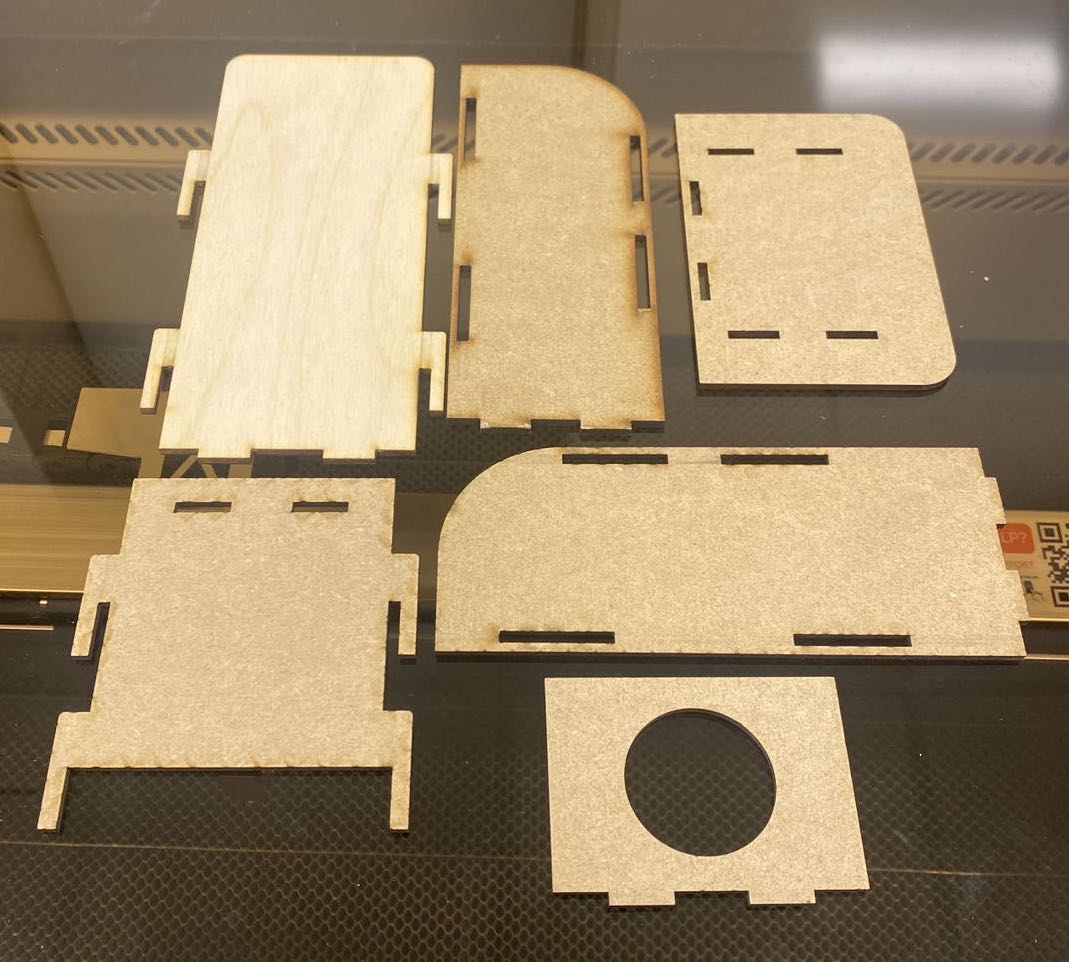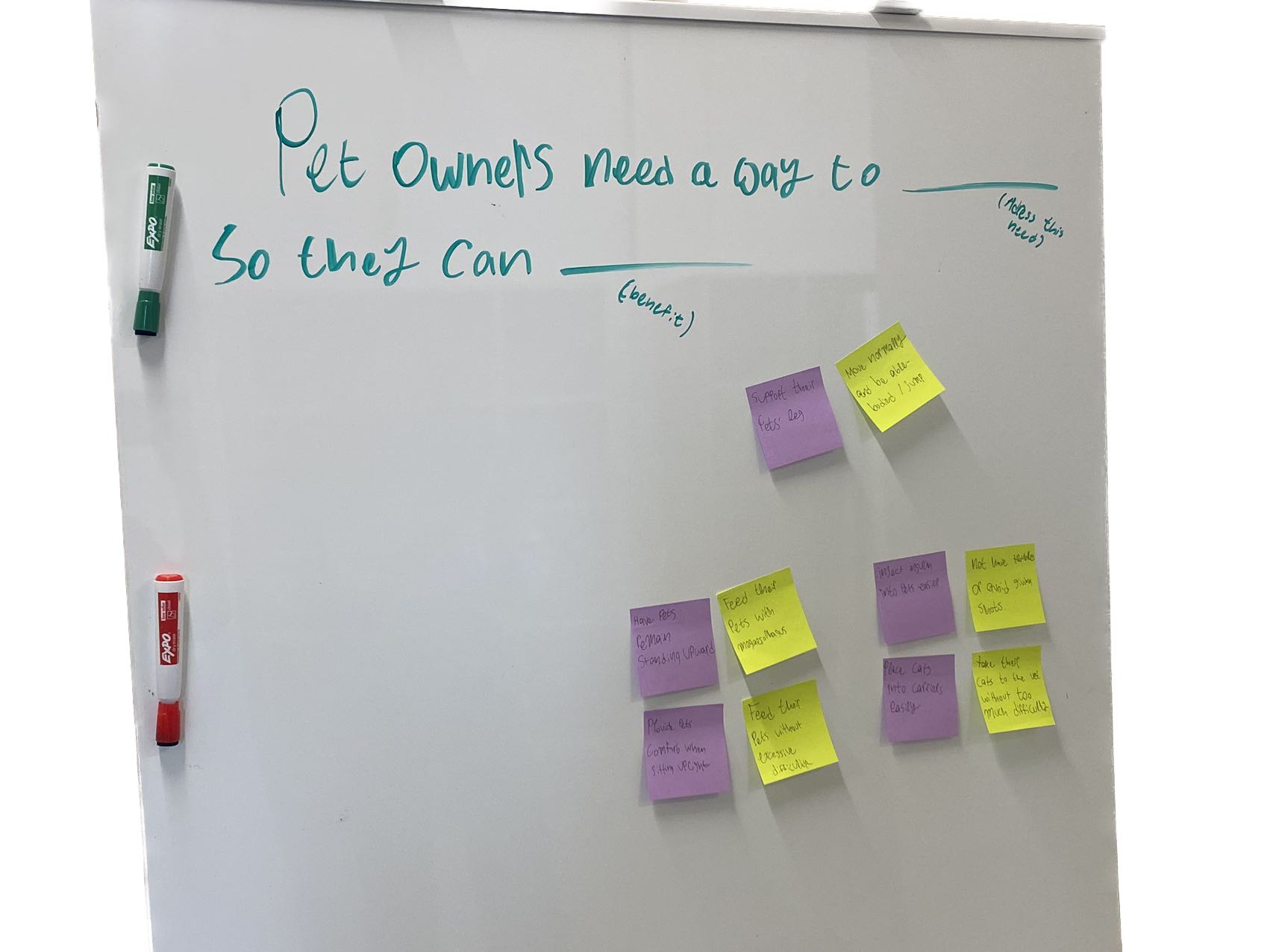
Needs Statement
In Needs Statement, we should frame our activity in this way: [Our user] needs a way to [addresses this need] so that they [benefit in this way.] it's clear that [Our user] is the [Cats] in our case.
I listed 3 needs and their corresponding benefits:
1. [Need]a high plane connected to the chair to hold food/tray -> [benefit] can eat without lowering their heads, in turn, no contortion of their esophagus
2. [Need]a narrow room -> [benefit]are forced to stand upright while eating food
3. [Need]the chair to be rigid and resilient-> [benefit]won't break the chair because of their naughtiness.
4. [Need]the chair to be portable-> [benefit]can be carried to wherever they want.
As designers, we need to make sure incorporating these features into our prototype: 1. a narrow, upward room. 2. a high, external plane to hold food. 3. a strong structure made of rigid material. 4. portable, in other words, the chair should be assembly-able, consisted of several pieces instead of an inseparable whole
